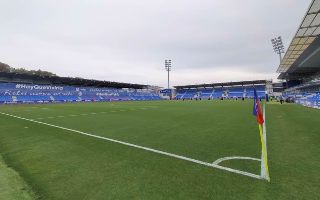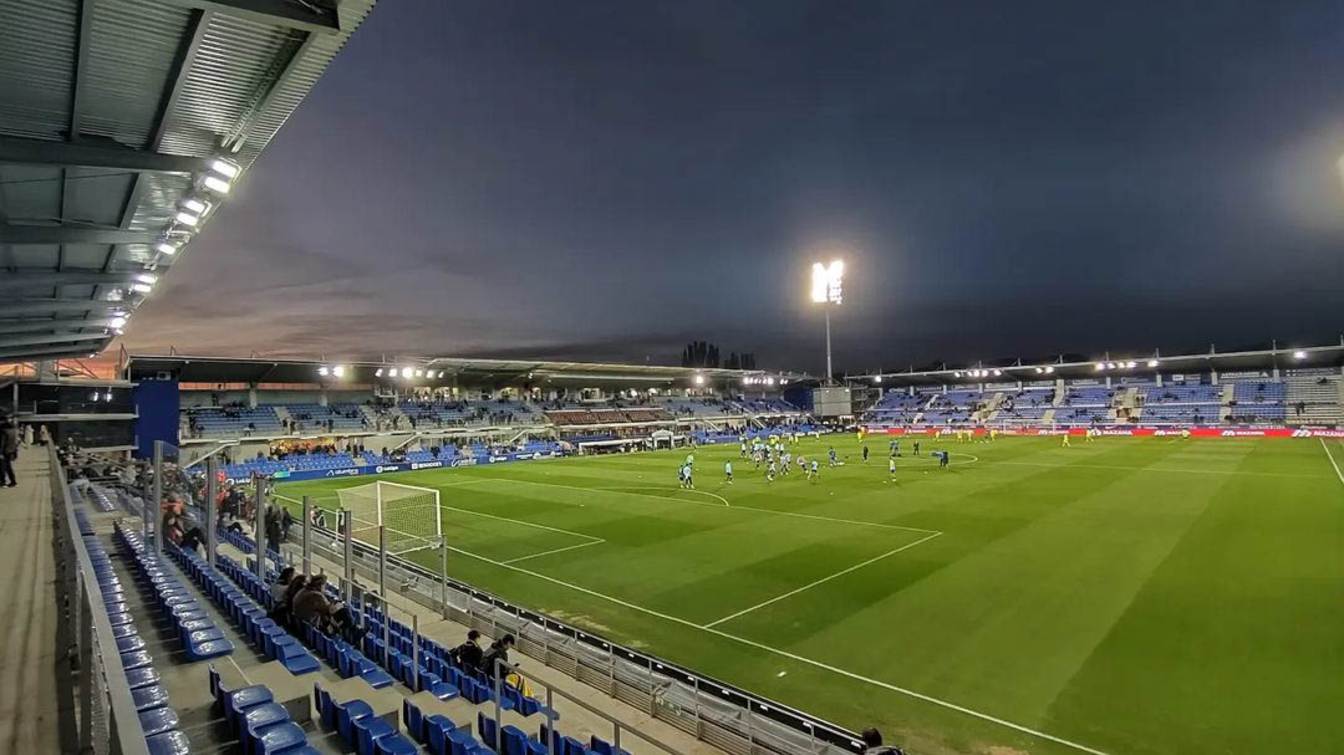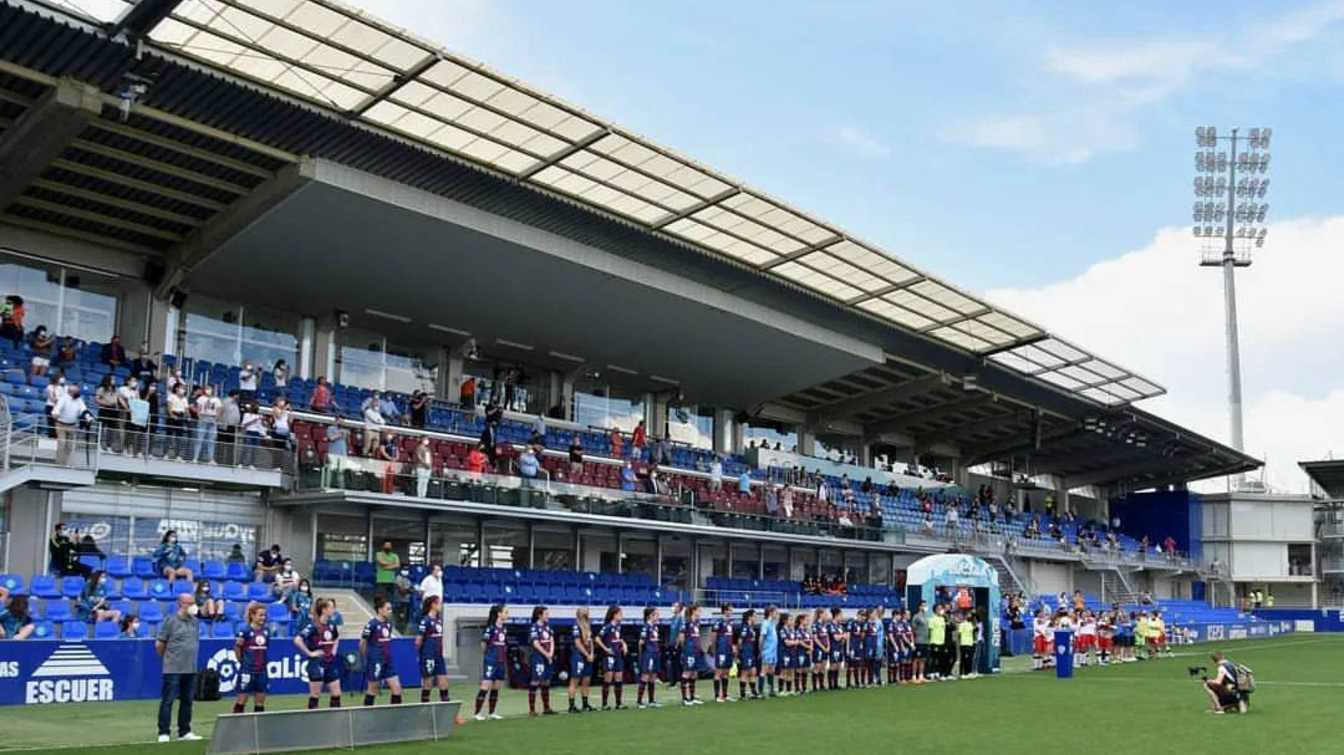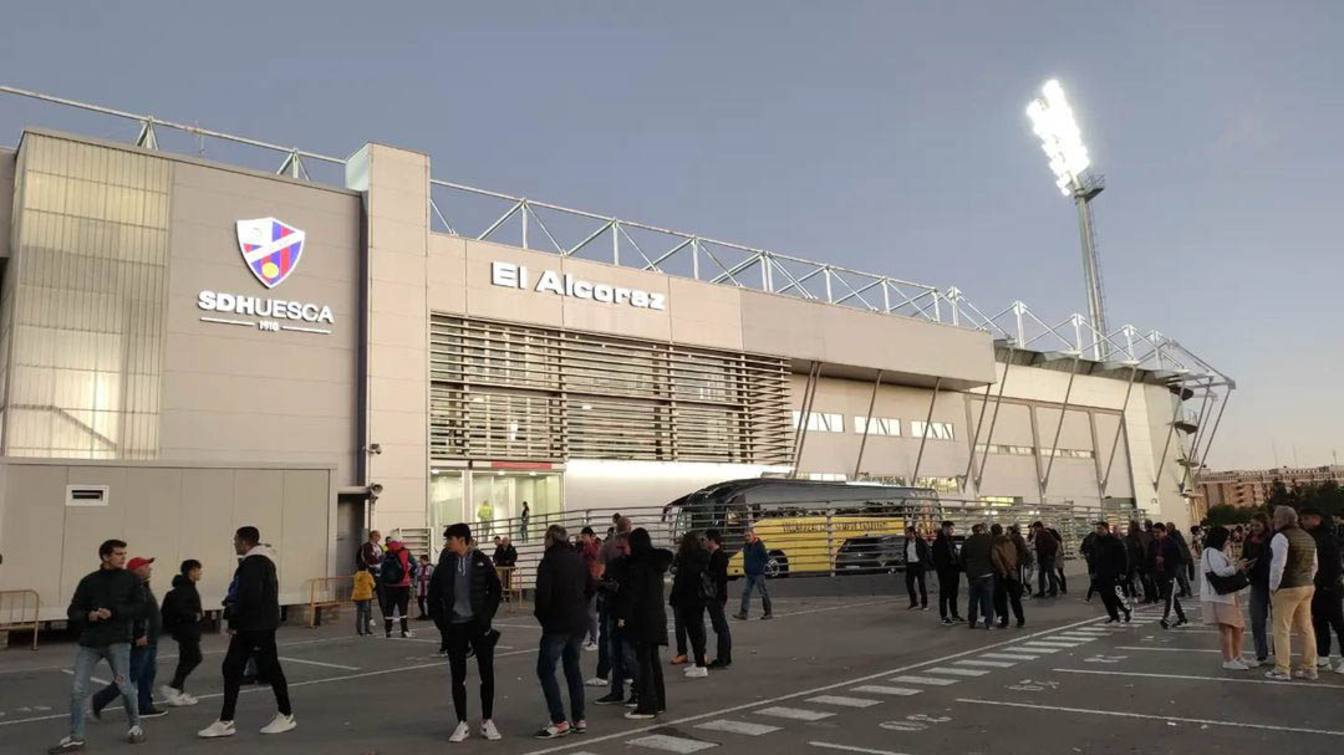Spain: Will works at Huesca stadium finally be completed?
source: StadiumDB.com; author: Jakub Ducki
 El Alcoraz has been a source of pride for the club and its supporters for years. However, despite millions in investments, the stadium is still unfinished. The club’s president has repeatedly stressed the need for a “comprehensive reform” of the stadium and has called for cooperation on the matter.
El Alcoraz has been a source of pride for the club and its supporters for years. However, despite millions in investments, the stadium is still unfinished. The club’s president has repeatedly stressed the need for a “comprehensive reform” of the stadium and has called for cooperation on the matter.
Advertisement
Millions spent on modernization, but what’s next?
So far, Huesca has invested €16 million in the redevelopment of El Alcoraz. This increased its capacity from 5,500 to 9,100 seats, allowing the club to meet La Liga requirements and play in Spain’s top division for two seasons. However, despite these improvements, many parts of the stadium remain unfinished or underutilized.
Although the stadium has remained incomplete for years, fans can finally expect binding decisions. The same cannot be said for online entertainment. In today’s fast-paced world, no one wants to wait that long. Betting sites and exciting offers, such as those from Optimobet, providing a top gaming experience, expert reviews, and the best bonuses instantly.
Three of the four towers built as part of the modernization generate no revenue for the club. One serves as the headquarters of the Alcoraz Foundation and club offices, but the other three—housing the old headquarters, a museum, and a restaurant—remain unused. The museum, despite significant investment, is still closed, and the restaurant operates only sporadically.
Fans left in rain while stadium empties in winter
One of the biggest issues raised by both the president and the fans is the lack of proper protection for the stands against rain and cold. In 2021, a partial roof was installed over the main stand, but it only covers half of the seats, leaving many spectators exposed to bad weather. This is a serious problem that could impact attendance during colder months, especially among families and older fans.
Additionally, Huesca wants to implement a heating system for the stands, similar to the one installed by Numancia at Estadio Los Pajaritos a few years ago. The goal is to improve fan comfort and provide better conditions for watching matches, particularly in winter, when low temperatures may discourage fans from attending games.
Currently, El Alcoraz is used almost exclusively for SD Huesca’s matches. The club shop only opens on matchdays, and the only regular offering for fans is the Alcoraz Terrace, which operates solely on game days. The club wants to change this by developing a recreational area around the stadium and organizing more events for fans. Plans include creating an event space on the esplanade around the stadium to keep it active throughout the year.
Owning stadium: blessing or burden?
El Alcoraz is one of only three stadiums in the Segunda División that are fully owned by the club (the others belong to Elche and Levante). Other second-division teams use municipal stadiums for relatively low fees—ranging from a symbolic €0, as in the case of Racing Santander, Deportivo La Coruña, and Cádiz, to €200,000 per year, paid by Granada. Moreover, municipal stadium renovations are often co-financed by local authorities. Huesca cannot rely on such support, making its situation more complicated.
Will there be funds for renovation?
SD Huesca’s president, Agustín Lasaosa, has repeatedly called on investors and public institutions to take action toward completing the stadium. He has emphasized that this is not just his personal initiative but also a demand from fans, who have long pointed out the stadium’s infrastructure shortcomings.
This is not a request from me, but from the fans who stop me in the street,
Lasaosa said. As president, I have pleaded with current investors to talk to institutions and reach an agreement to develop a comprehensive renovation plan for El Alcoraz. On rainy days, 50% of the fans get wet and try to squeeze into the upper seats, where there isn’t room for everyone.
Beyond infrastructure improvements, the club also aims to develop the stadium commercially to generate additional revenue. Opening the SD Huesca museum, launching the restaurant, and making better use of the stadium’s surroundings could help increase the club’s income and make the stadium more self-sustaining.
Advertisement

 StadiumDB
StadiumDB ©
©  ©
©  ©
©